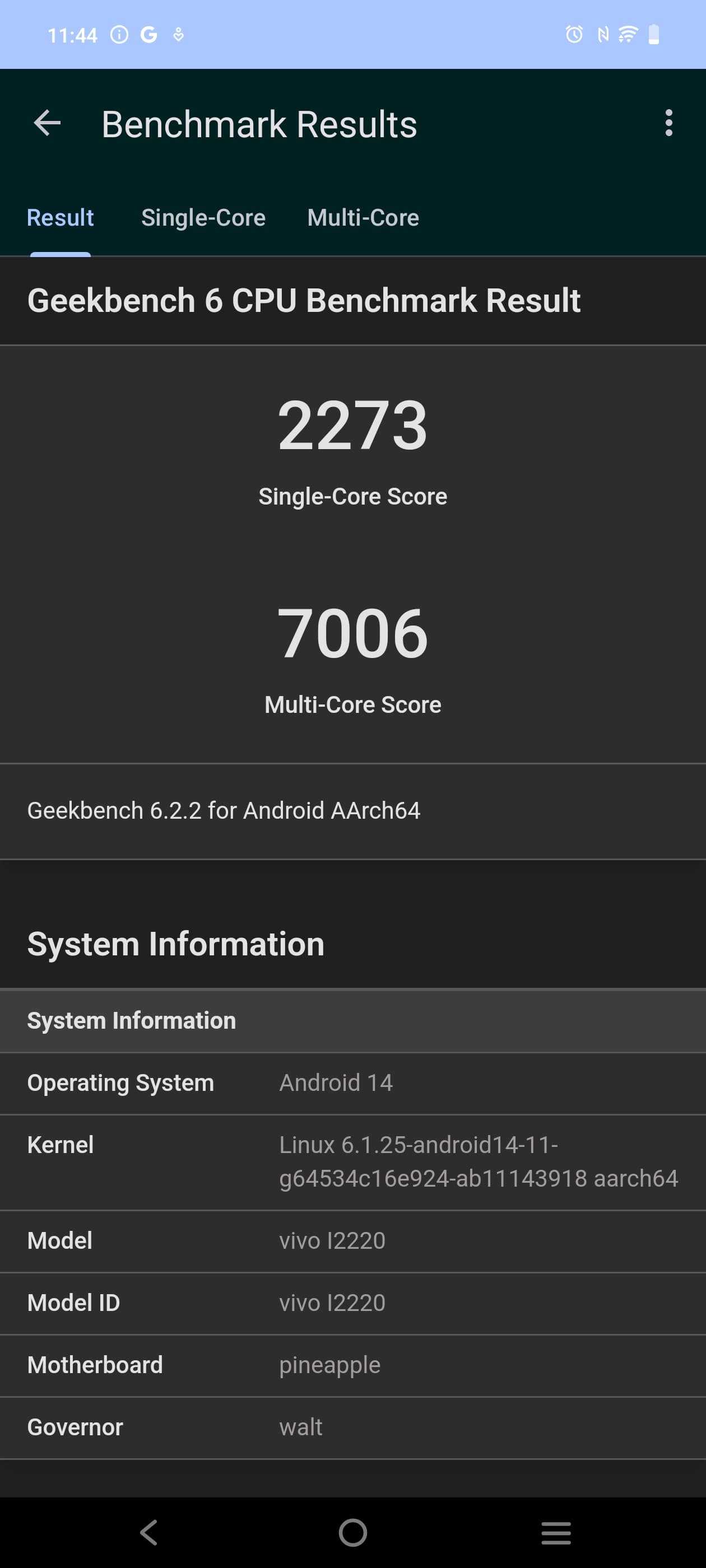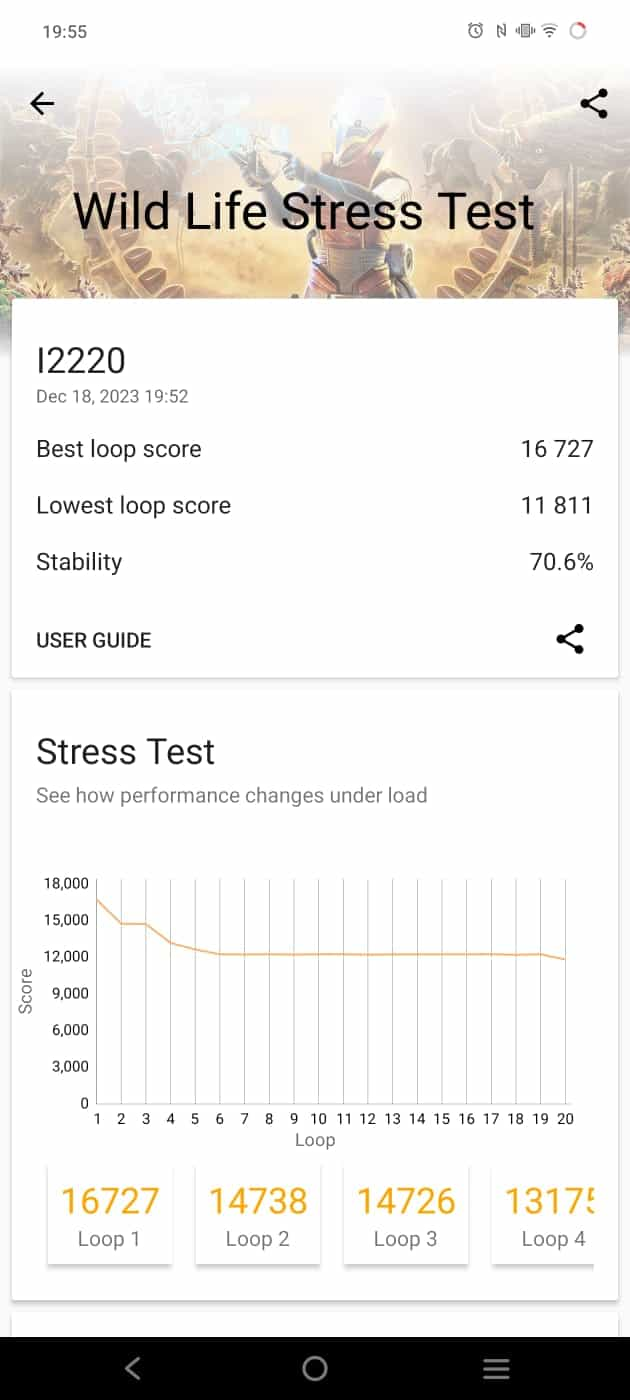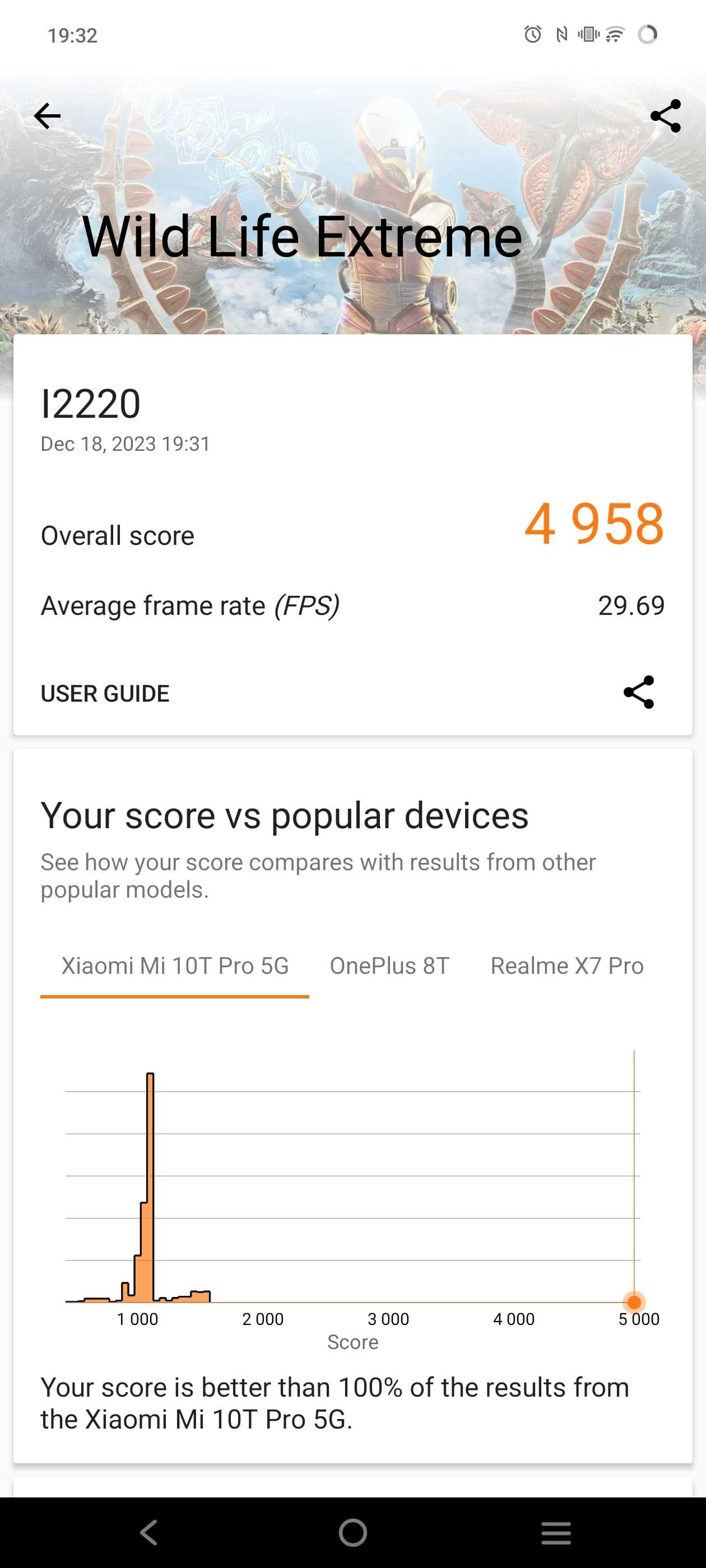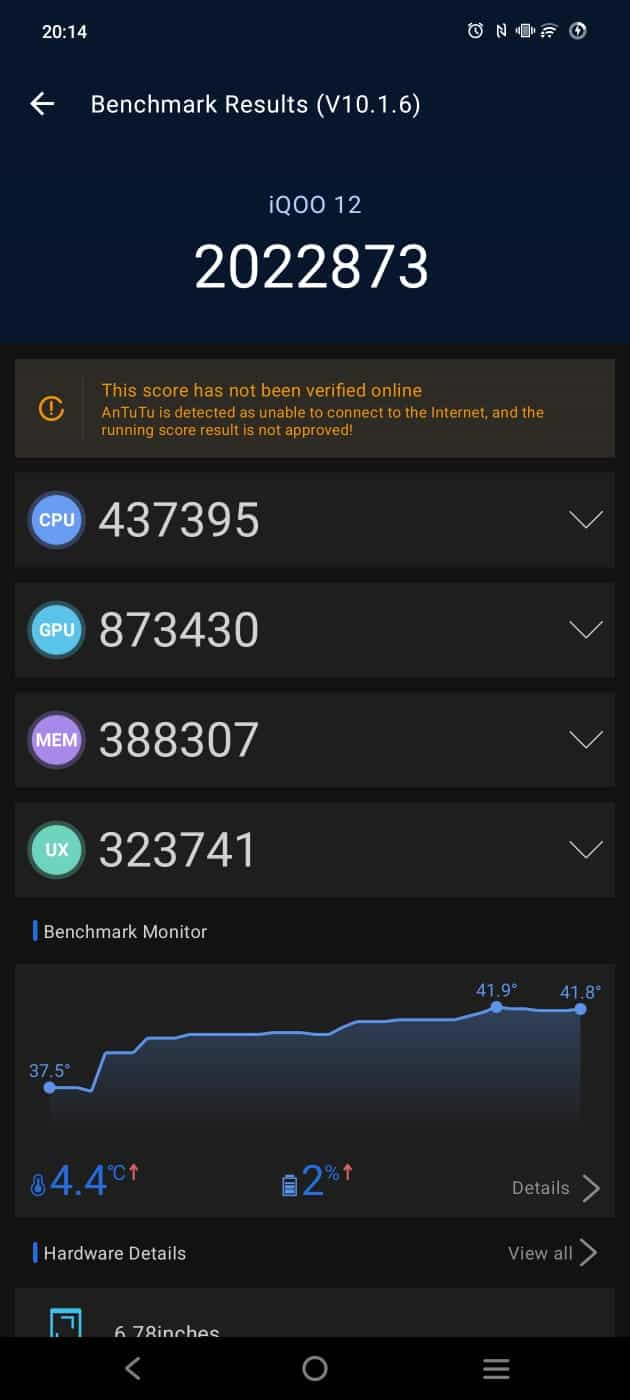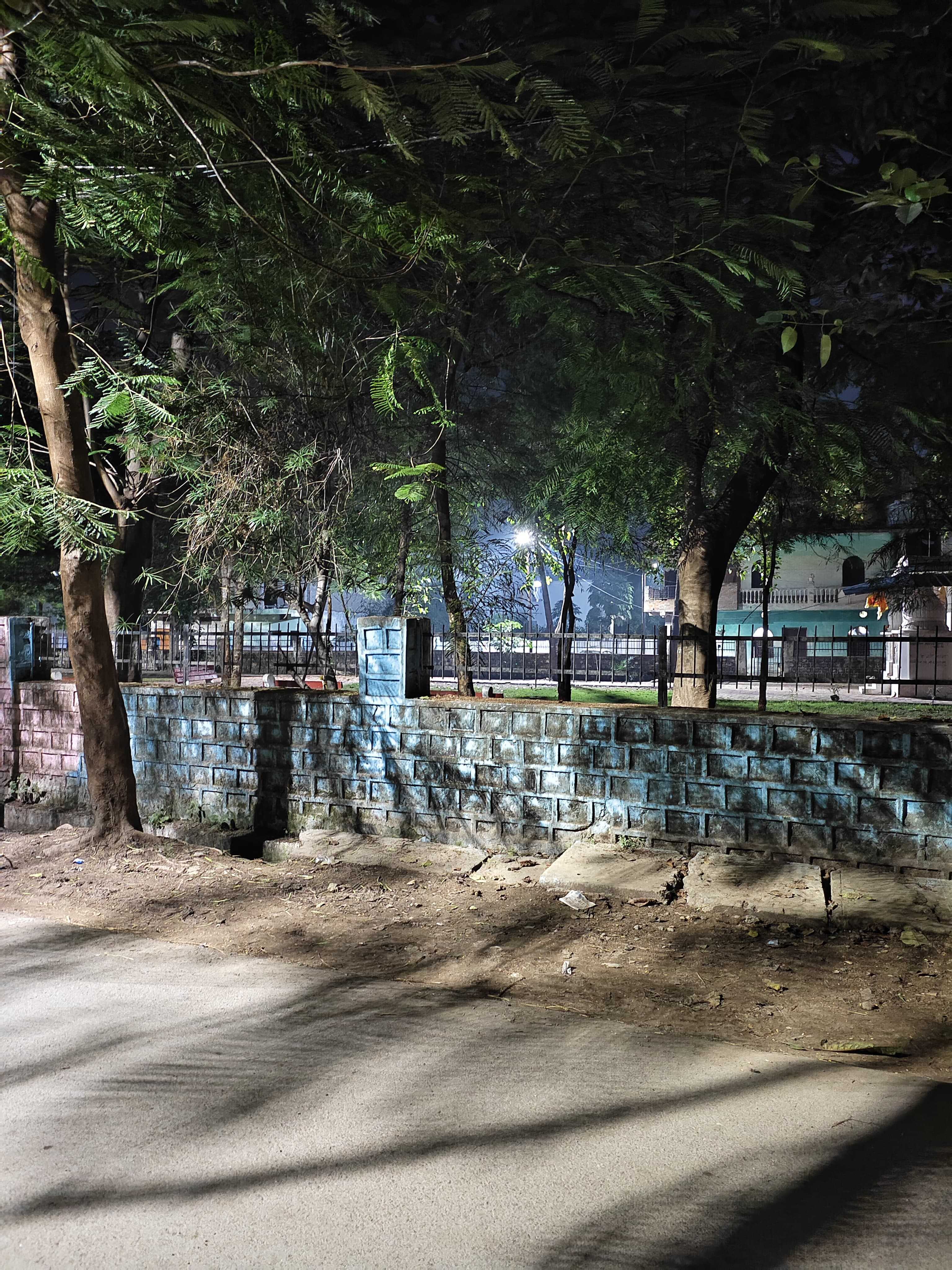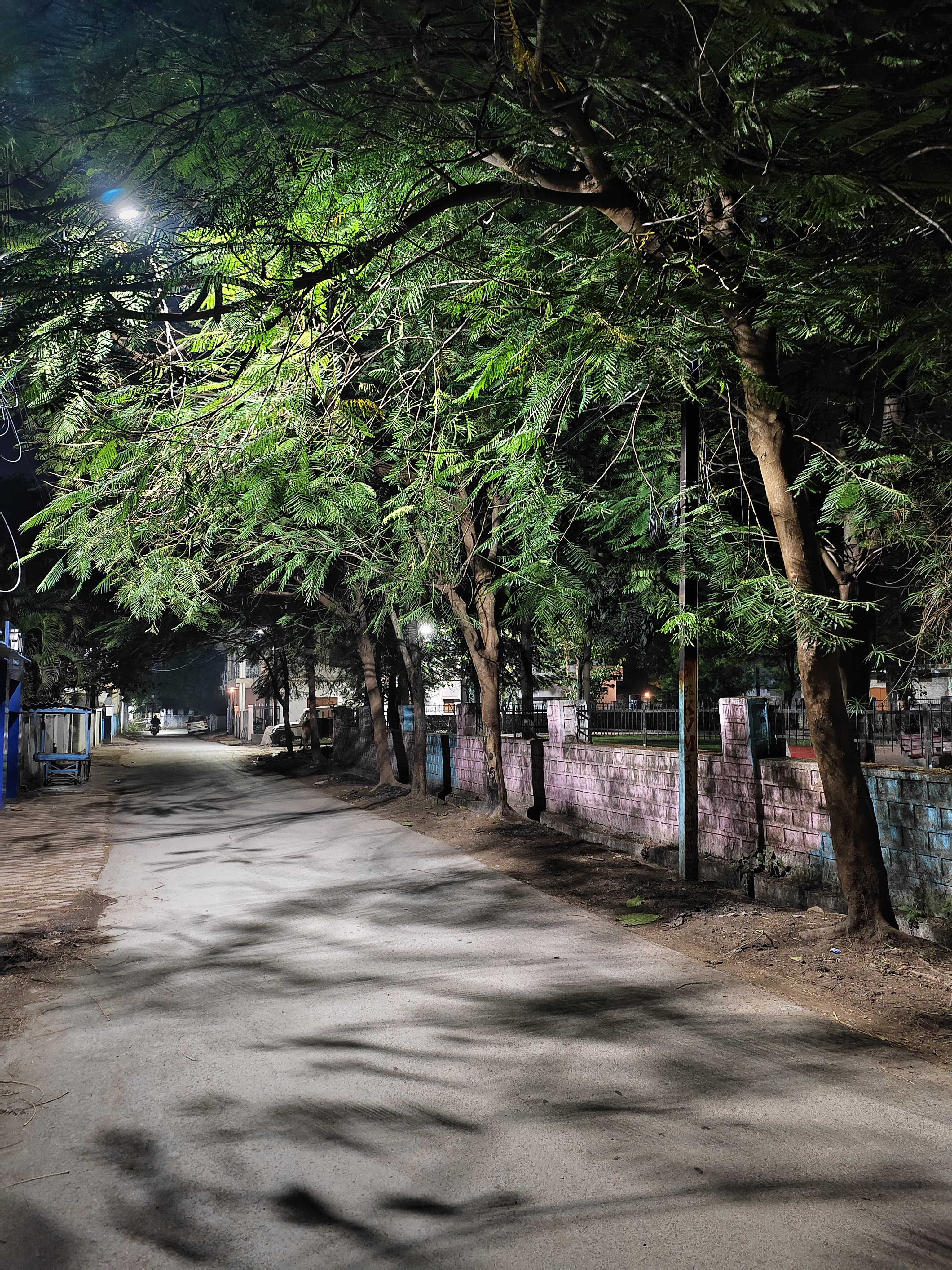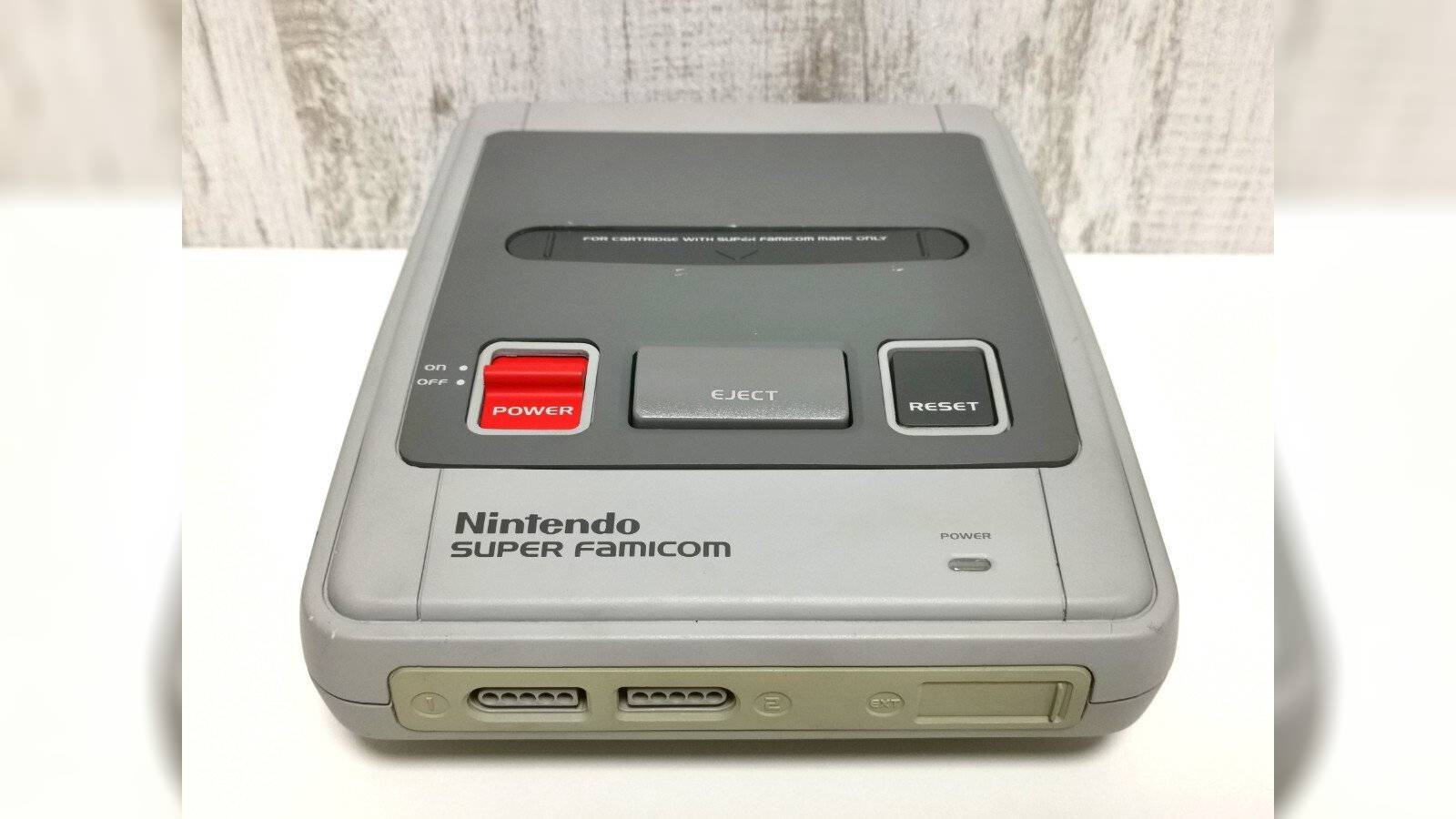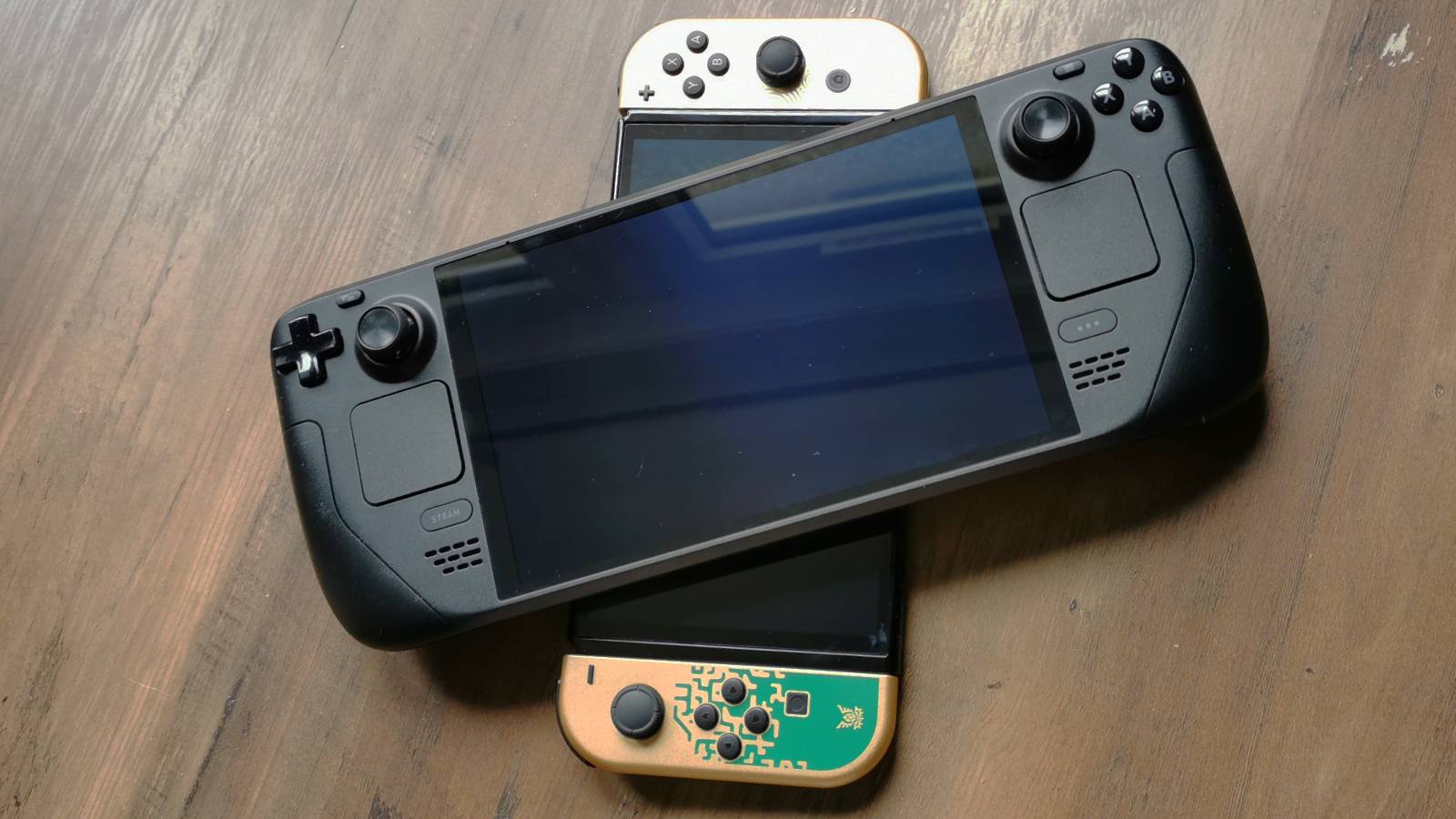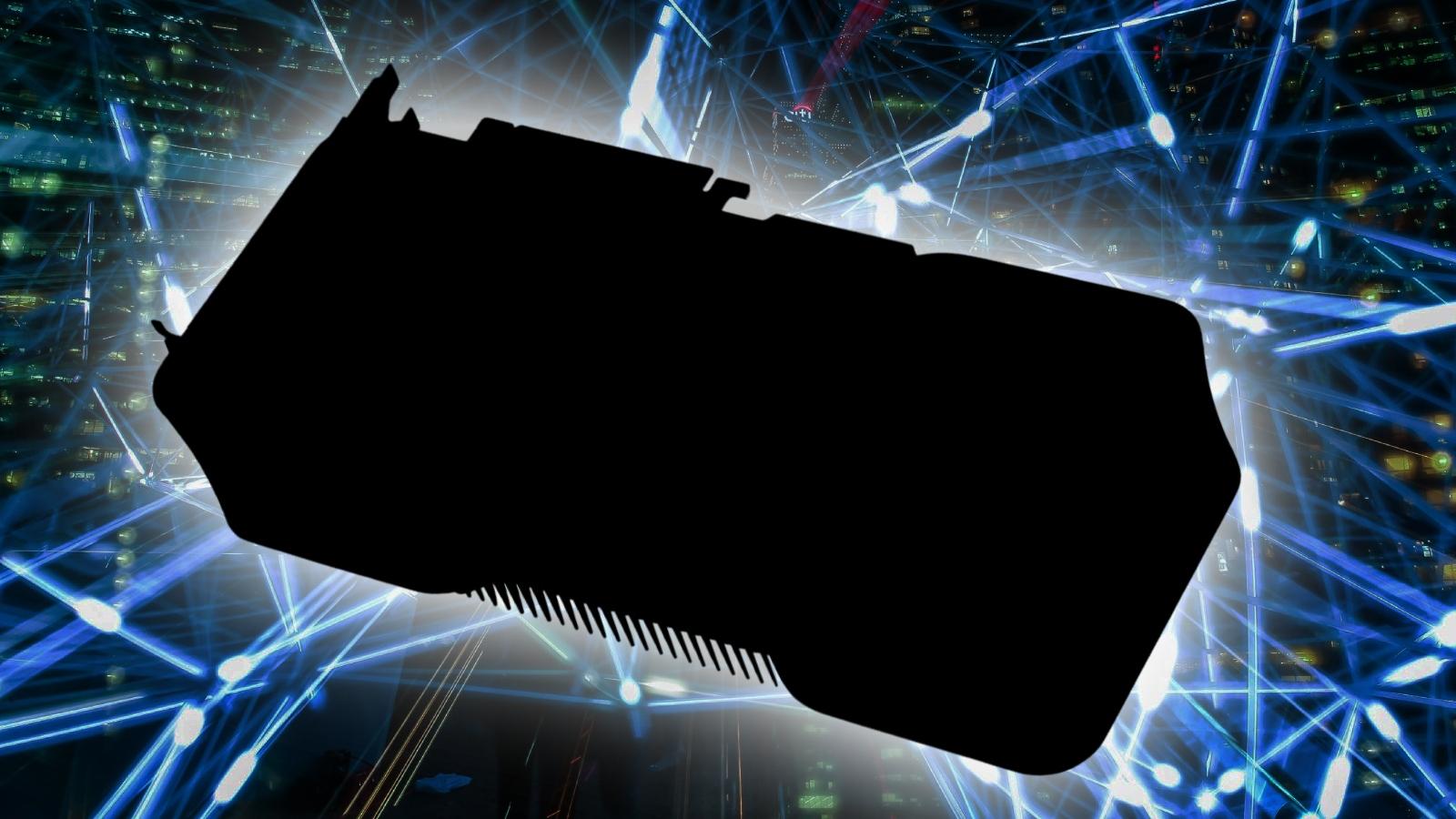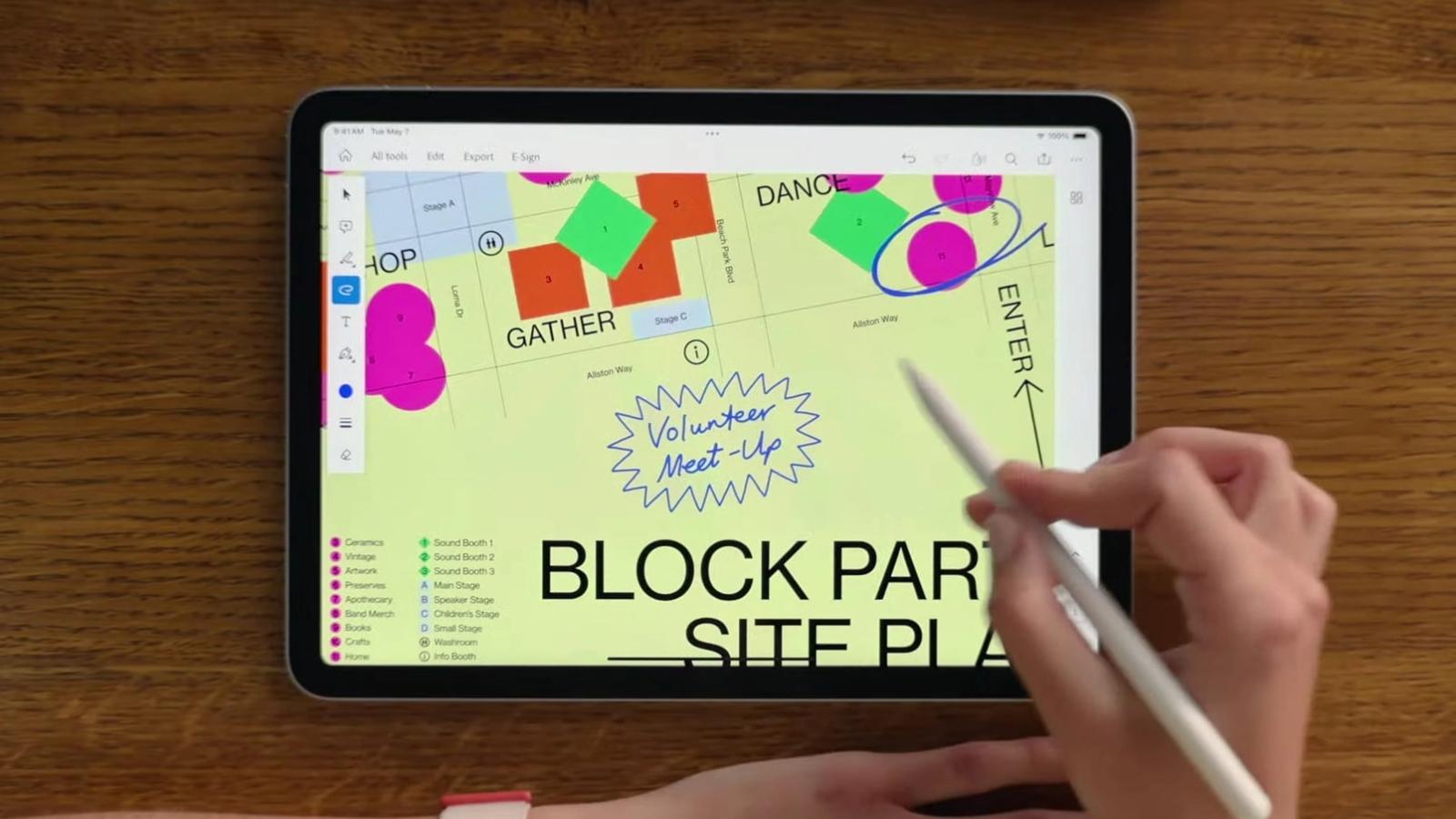iQOO 12 review: A next-gen powerhouse with all right upgrades
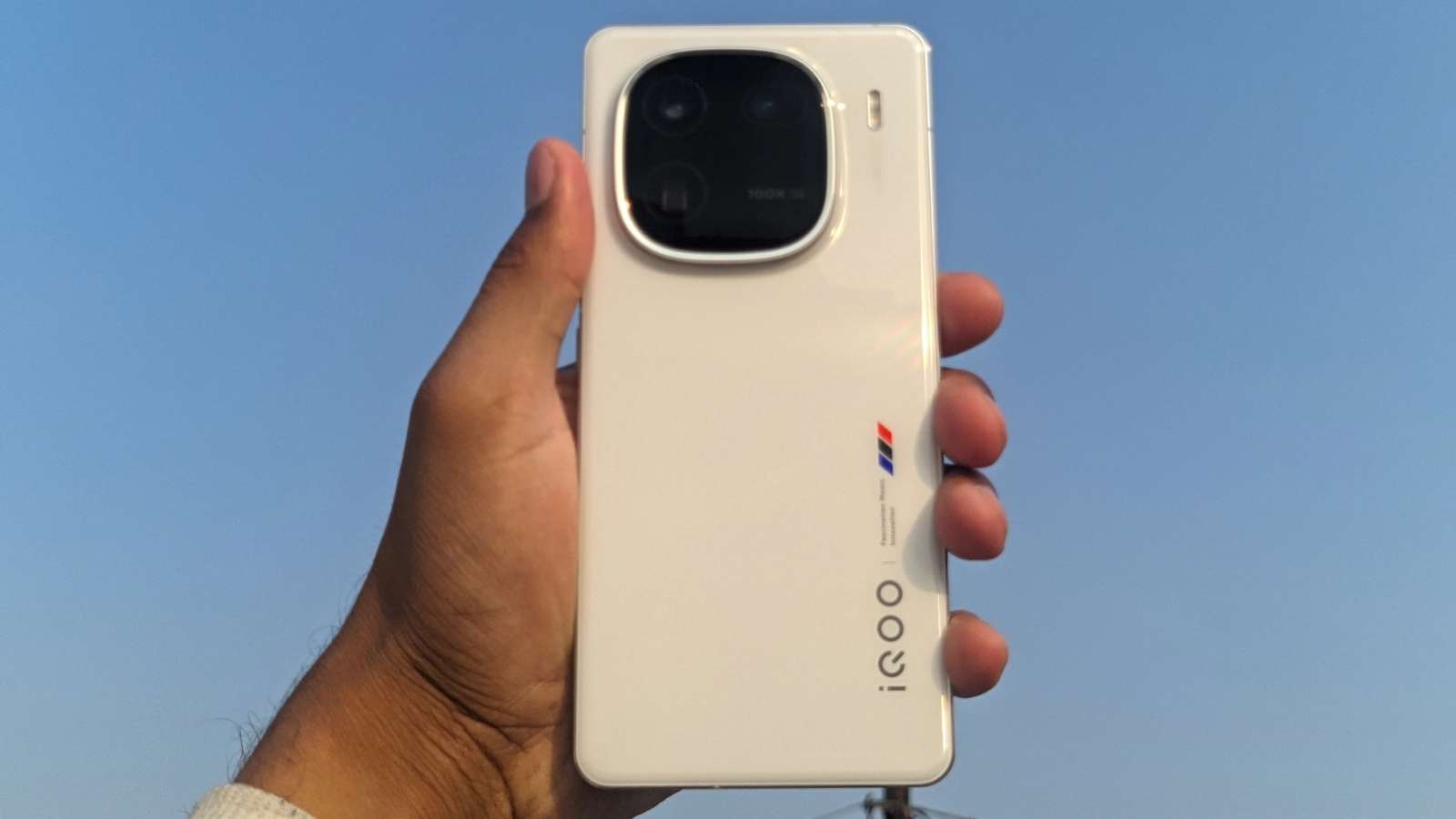 Dexerto
DexertoiQOO 12 is the first Snapdragon 8 Gen 3-powered flagship, but is it more than just a performance showcase? Find out in this comprehensive review.
iQOO is not a smartphone brand you often hear of. It is a subsidiary of Vivo, which itself is a part of BBK Electronics— the conglomerate that also owns OnePlus, Oppo, and Realme. iQOO came into existence in 2020 and its smartphones have already gained much traction in markets like India and Malaysia.
I tried the flagship iQOO 11 earlier this year and it impressed me with its Snapdragon 8 Gen 2 chip and fast charging. The company has now announced its Snapdragon 8 Gen 3-powered flagship, iQOO 12, beating the Samsung Galaxy S24 Ultra and many other flagship phones to the punch.
Alongside the chipset upgrade, iQOO 12 also brings an advertised 3000-nit peak brightness screen, 120W charging, and an attractive design. I have been using iQOO 12 for a couple of weeks now, and here’s what I think of it.
Key Specs
- Display: 6.78-inch LTPO AMOLED panel with 3000 nits peak brightness, HDR10+, 144Hz refresh rate
- CPU: Qualcomm Snapdragon 8 Gen 3 SoC
- Memory: 12GB or 16GB RAM
- Storage: Up to 1TB
- Battery: 5,000mAh unit with 120W fast wired charging
- Cameras: 50MP+64MP+50MP triple rear camera setup, 16MP front cam
- OS: Android 14 with Funtouch OS 14
Price and availability
First things first, the iQOO 12 won’t be up for sale in the US. Instead, it’s available in various South Asian countries like India, Malaysia, and Indonesia. The phone starts at less than $600, and you can choose from White and Black color options. It comes with storage options of 256GB, 512GB, and 1TB, coupled with 12GB or 16GB of RAM.
Design
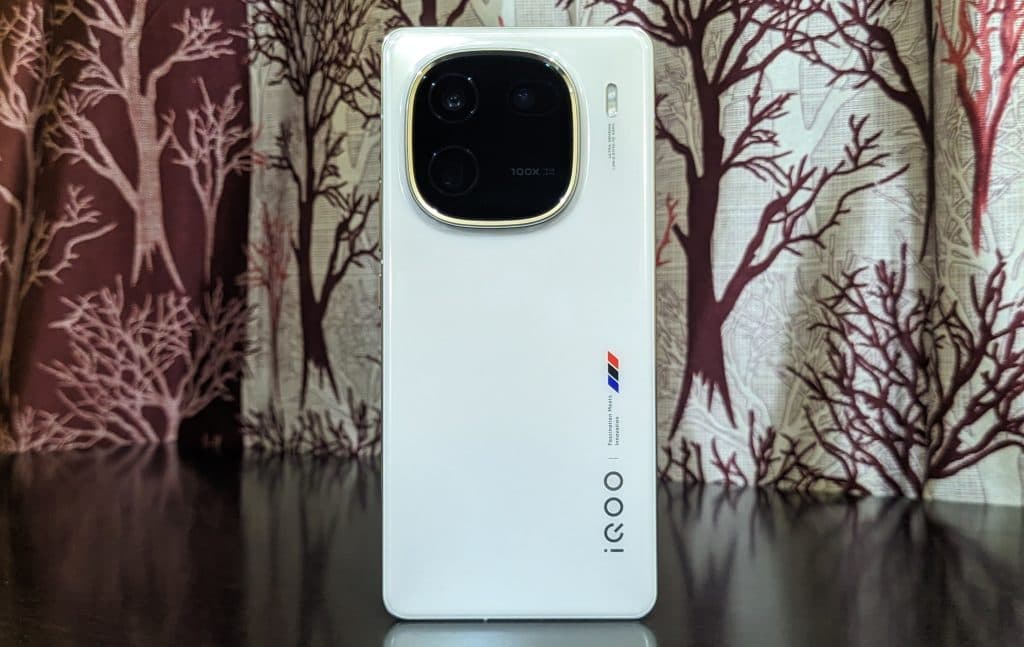 Dexerto
DexertoThe iQOO 12 is a stunning smartphone, whether you choose the Legend (White) or the Alpha (Black) version. I have the Legend Edition of the smartphone, which comes with a white finish and BMW Motorsport stripes. iQOO has shifted away from the design of its earlier flagships and adopted a completely new appearance. The back of the phone has a unique squircle-shaped camera setup that accommodates three camera sensors, with the dual-LED flash located next to the camera island.
Its glossy back is smudge-proof but you’ll have to keep wiping the large camera module. Edges are flat all around with the bottom end featuring the USB-C port, speaker grille, sim card tray, and a microphone. The right edge accommodates the volume and power buttons whereas the top frame has another speaker outlet, a microphone, and an IR blaster.
The middle frame of the smartphone is made up of an aluminum alloy while the battery cover uses undefined glass. The smartphone is IP64 dustproof and water splashproof.
Display
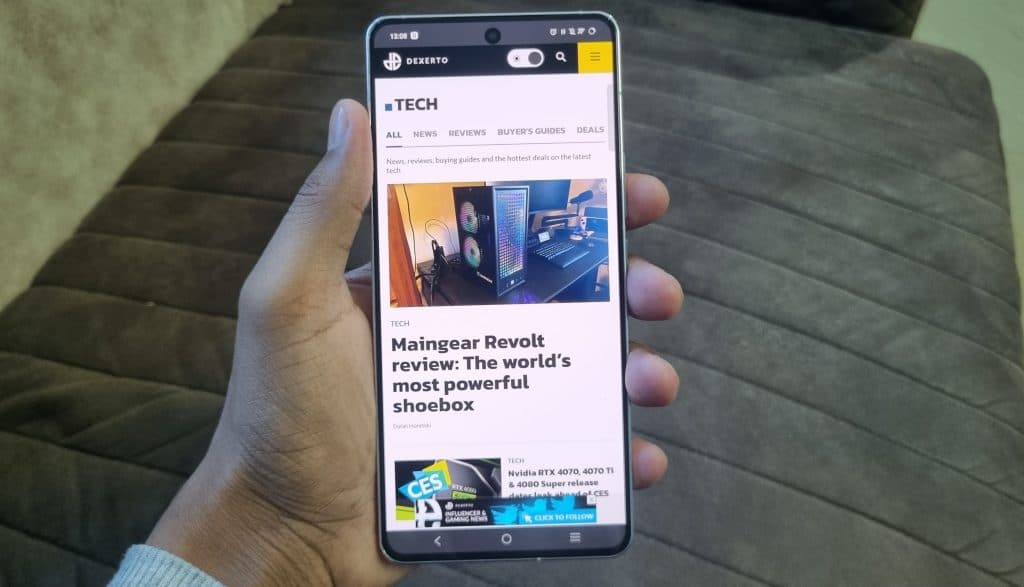 Dexerto
DexertoTurn around the smartphone, and you get a large 6.78-inch display with symmetrical bezels on all four sides. The selfie camera finds its home in a top-center placed cutout. The iQOO 12 uses an LTPO AMOLED panel, which is advertised to have an average brightness of 1,400 nits and a peak brightness of 3000 nits.
iQOO 12’s display game is top-notch and I seldom faced an issue. It is gorgeously bright both indoors and outdoors. The 144Hz refresh rate makes scrolling through the smartphone incredibly smooth. The smartphone has a good panel overall: colors are vibrant and the viewing angles are good.
The phone also gets an optical fingerprint sensor near the bottom of the screen. The scanner is positioned just a touch lower in the display than I would prefer, but it is a good one. It is fast and reliable, although not quite as advanced as the ultrasonic scanners that Samsung uses in its flagships.
Performance
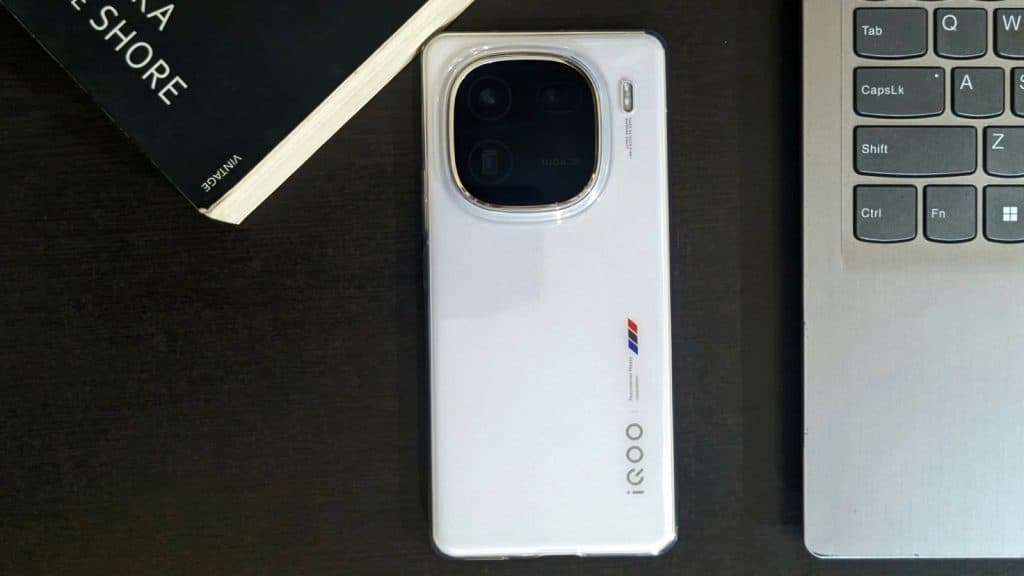 Dexerto
DexertoThe iQOO 12 is, unsurprisingly, an absolute powerhouse. At its core is the Snapdragon 8 Gen 3 coupled with a whopping 16GB of RAM and 512GB of storage. Qualcomm’s latest chip is noticeably faster and more efficient than the previous version, and I could see that performance boost in the iQOO 12. Although the smartphone is not a dedicated gaming phone like the ROG Phone 7 or the RedMagic 8S Pro, I was able to perform computationally challenging tasks without any hiccups.
I spent a good amount of time playing Genshin Impact on the iQOO 12. If you’re familiar with mobile games, you’d know HoYoverse game pushes smartphones to their limit. However, I was able to run it on the iQOO 12 without frame drops or issues. Thanks to the efficient Snapdragon 8 Gen 3 chip and the phone’s Vapor chamber cooling, it barely got any warm. The phone did heat up during the initial download session but it cooled down quickly.
iQOO 12 is unstoppable in everyday use. I was able to multitask with a bunch of apps open, scrolling through Instagram and Twitter for several hours straight (not proud of it), and spent hours taking pictures and recording videos. Rarely did I notice the phone lagging, and heat was also never an issue.
Benchmarking scores will tell you the same story. Starting with good old Geekbench 6. The iQOO 12 managed to receive 7006 points in the multi-core test and 2273 points in the single-core test. By comparison, the Snapdragon 8 Gen 2-powered Galaxy S23 Ultra manages to get 5077, so this is a huge improvement.
Moving on to the GPU, iQOO 12 managed to get 4958 points in 3D Mark’s 1440p 3D Wild Life Extreme test with an average frame rate of 29.69 FPS. I also ran the Wild Life Stress test on the smartphone. It posted a best loop score of 16,727 with 70.6% stability.
Finally, I ran the AnTuTu benchmarking test on the iQOO 12, which comprehensively tested all aspects, including UX, GPU, RAM, and CPU. It scored an impressive 2,022,873 points, outperforming the Galaxy S23 Ultra, which scored 1,472,142 points, by a significant margin.
Overall, the iQOO 12 is a powerhouse smartphone that handles even the most demanding tasks effortlessly. The phone gives me high expectations for the upcoming Snapdragon 8 Gen 3 flagships, such as the OnePlus 12 and Galaxy S24 Ultra. It looks like the iPhone 15 Pro Max with the A17 Pro is going to face tough competition.
Cameras
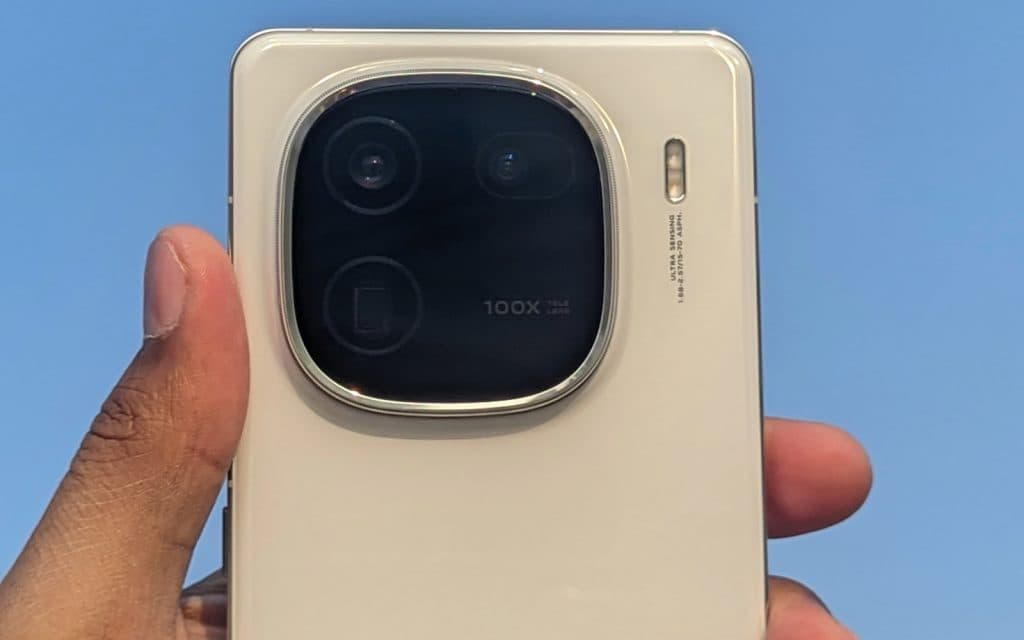
iQOO phones aren’t exactly known for their cameras, but the iQOO 12 surprised me. There’s a triple camera setup with a 50MP main shooter that comes with PDAF and OIS. The second camera houses a 64MP telephoto sensor with PDAF, OIS, 3x optical zoom, and up to 10x lossless zoom. The third and last camera uses a 50MP ultrawide sensor. This is a flagship-grade camera system, comparable to more high-end phones like the Pixel 8 Pro.
My experience while using the phone has been quite good. The main camera clicks nicely detailed and sharp images with good dynamic range and contrast. It manages to capture accurate colors and image processing is also top-notch. The images are surprisingly good even in low light.
The 3x telephoto camera is excellent for taking portraits. The edge detection is outstanding, and the images look sharp. The 3x telephoto also works well in low light, although the performance is not great. The 50-megapixel ultra-wide-angle camera is the least impressive among the three on the iQOO 12. It captures a lot of detail, but can’t reproduce colors as accurately as the primary camera. I preferred stepping back and taking pictures rather than relying on the ultrawide lens.
The iQOO 12 also does an excellent job recording videos. Its main camera can shoot up to 4K at 60fps with optical image stabilization (OIS), while 8K recording is capped at 30fps. Videos taken in daylight are smooth, and the stabilization works as you’d expect. However, video recording in low light is an area where iQOO may need to make some improvements.
Speaking of improvements, the front-facing camera isn’t as impressive as the other cameras. It tends to make images look soft, and there’s no stabilization when recording videos. Low-light selfies are even more challenging. Also, during video calls, the phone appears to brighten images, making subjects look fairer than they actually are.
Battery
iQOO 12 comes with a commendable battery life. With its 5,000mAh battery, the smartphone easily lasted me more than a day. I achieved over 8 hours of screen time on a single charge. The best part is the phone’s charging speed. It takes about 5 minutes to charge 30%, and a full charge only takes around 27 minutes.
The speakers on the smartphone are also quite loud—loud enough to potentially annoy your partner. Another area where iQOO 12 impressed me is the haptic feedback. The vibrations are sharp, and I had no trouble figuring out if my phone was ringing.
Software
Switching gears to the software, the iQOO 12 runs Android 14 right out of the box and is guaranteed to receive three major OS upgrades. The phone’s software is overlaid with Funtouch OS, which comes with a bunch of pre-installed apps. The good news is that you can delete almost all of these apps. Notably, Funtouch OS offers smoother animations compared to Samsung’s One UI and provides a variety of customization options.
Should you buy it?
I think the iQOO 12 is currently the top smartphone in its category. The upcoming OnePlus 12 is expected to pose a challenge, and it might even come out on top, but it’s anticipated to be pricier than the iQOO 12, giving the latter an advantage.
Verdict: 4/5
The smartphone impresses with its powerful chipset that makes playing demanding games a breeze. Its display is vivid and can be easily viewed outdoors. iQOO has also stepped up on its camera game. However, the selfie camera could use some improvements. I would have loved an IP68 rating on the smartphone, but that’s just me. Overall, iQOO 12 gets most things right. I just hope iQOO will work to make its future releases available in more markets.
If you click on a product link on this page we may earn a small affiliate commission.
